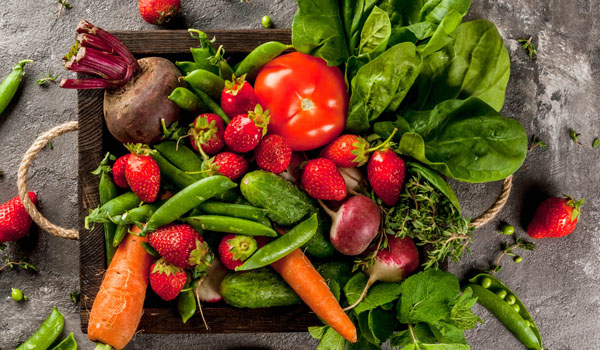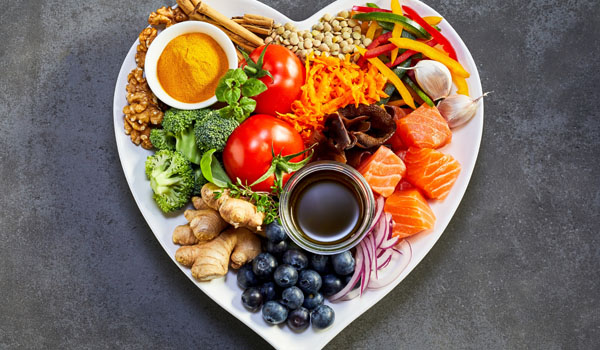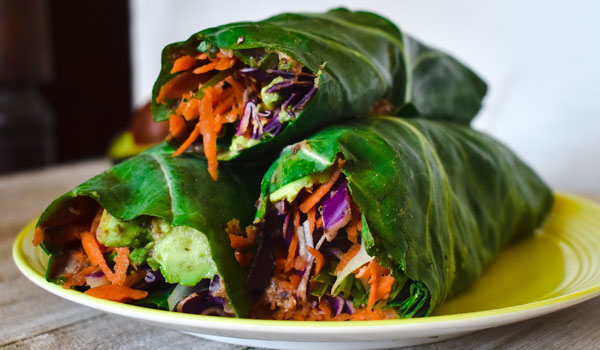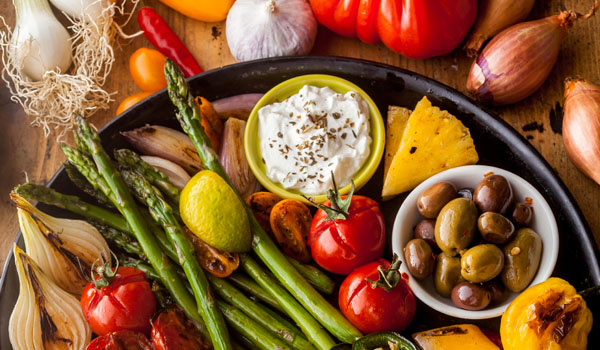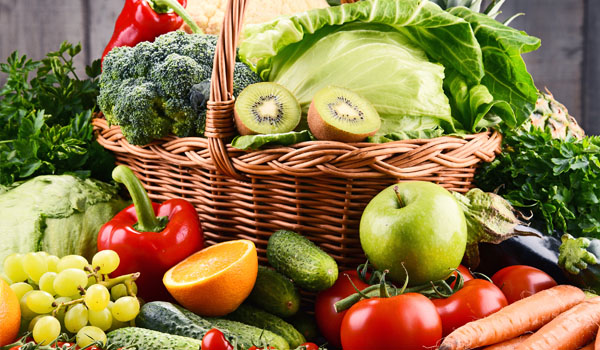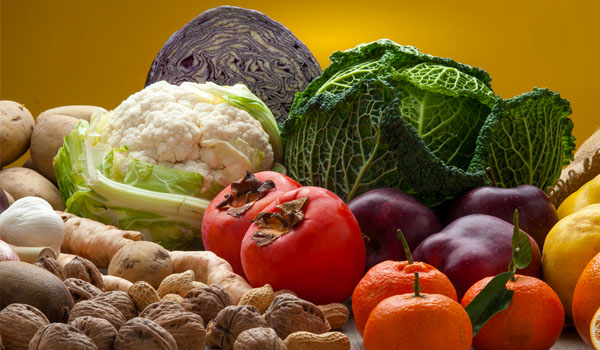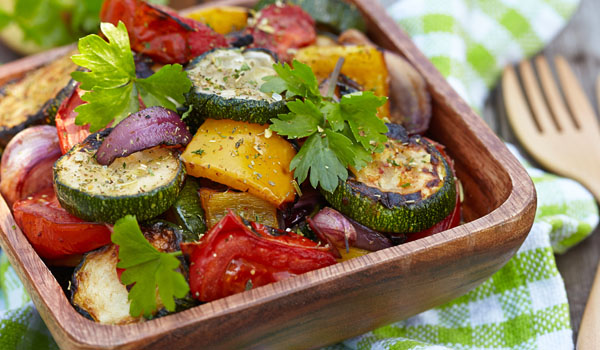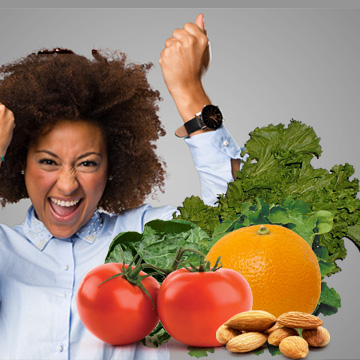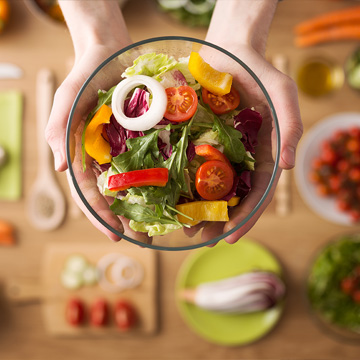3 Tips for Making Vegetables Taste Great
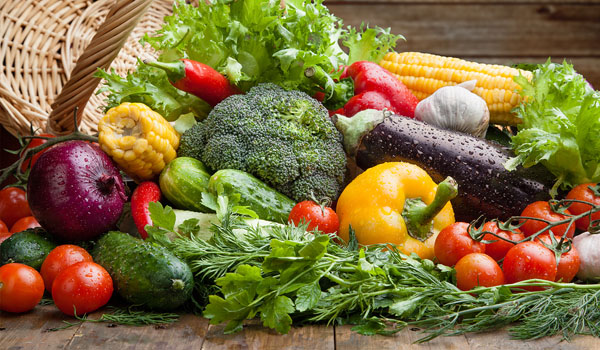
Getting the necessary 2-3 cups of veggies per day can be difficult to achieve for many people. According to the Center for Disease Control and Prevention (CDC) only 10% of American adults actually consume enough vegetables. A common response for people who don’t get enough veggies is that they don’t enjoy the taste. Some find that eating another salad becomes a bit repetitive. The good news is you can increase your vegetable intake by using a variety of different cooking methods. Fresh herbs, spices, and a good sauce can liven up any entree. Here are three tips for making veggies taste great.
USE DIFFERENT COOKING METHODS
Boiled or plain steamed vegetables tend to lack flavor. Oven roasting, sautéing, grilling and air frying bring out the best in any given vegetable. Oven roasting can be done year-round. Simply set your oven to 400 degrees, then season your veggies with olive oil, salt & pepper, and roast until golden on the edges. Air frying is a popular new trend. This allows veggies to gain a crisp fried taste without all the calories and fat.
BRING ON THE SPICES
Chances are any recipe you really love has a lot of seasoning and flavor enhancers like herbs. Natural dried spices and seasonal fresh herbs go a long way in making a dish satisfying and complete. Choose a flavor profile you enjoy like Indian spices, Mexican, Italian, or Greek. Keep your favorites well-stocked at home so you can marinate vegetables and season them while sautéing or roasting. Choosing a cooking oil that has been infused with herbs can also bring a new dimension of flavor.
ADD VEGGIES TO ANY DISH
Vegetables can be added to a variety of traditional recipes like lasagna, soups, meatloaf, casseroles, smoothies, and egg bakes. Many people even make cauliflower-based pizza crust. When vegetables are cut into small pieces it’s amazing how they can be cooked into a multitude of hot dishes. Adding a generous amount of sautéed spinach to a spaghetti sauce and lasagna can make the recipe more flavorful and filling. Small pieces of broccoli can be added to meatloaf and extra veggies like carrots and cauliflower make a great stew.
So if you find that you don’t eat enough vegetables because they don’t suit your taste buds try some new seasoning, a new cooking method, or add them to your favorite hot dish. Our bodies need the valuable nutrients and antioxidants offered through vegetables. Finding a new love for natural foods like vegetables is a great way to boost your immune system and take steps towards disease prevention.


